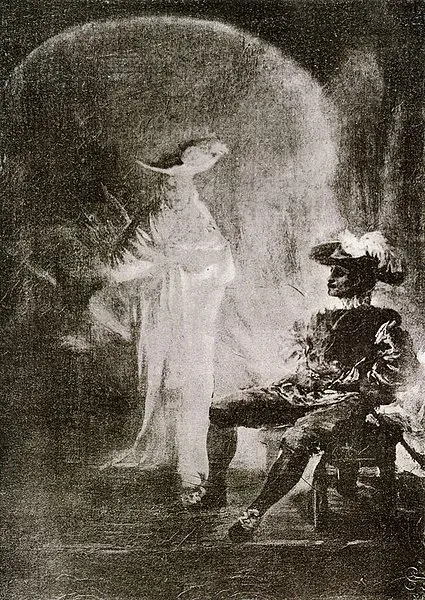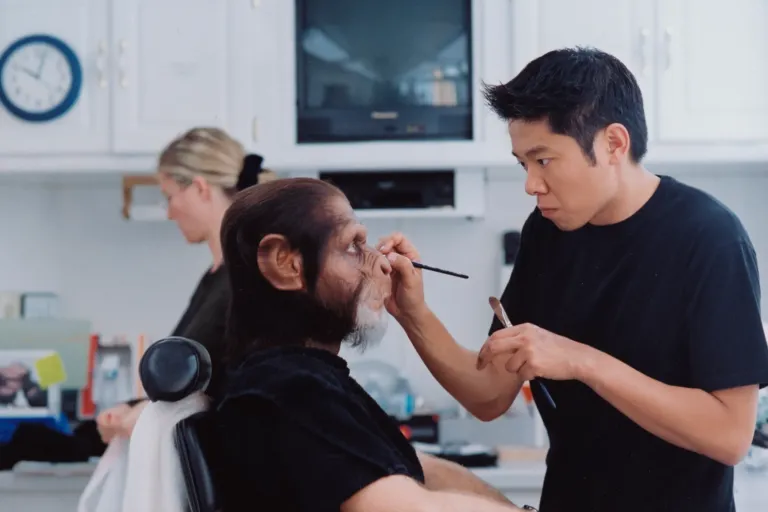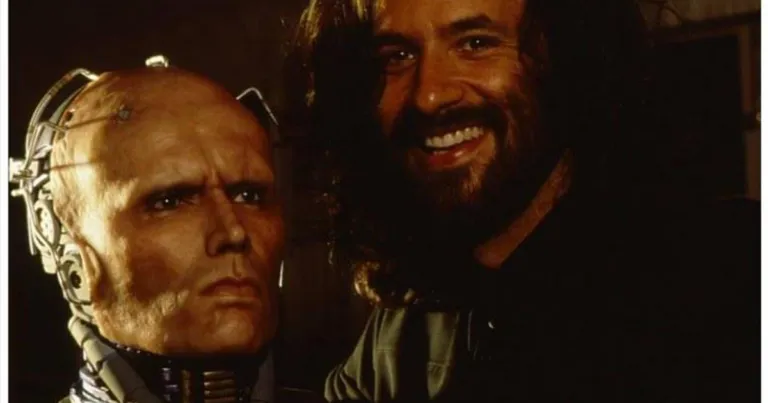Félicien Rops – Master of Darkness and Eroticism
Introduction
Félicien Rops – Master of Darkness and Eroticism, born on July 7, 1833, in Namur, Belgium, is one of the most fascinating and controversial artists of the 19th century. His work is characterized by extraordinary technical skill and a fervent imagination that led him to explore macabre, erotic, and often blasphemous themes. His art, an intriguing mix of sensuality and death, has influenced many subsequent artists and continues to provoke and fascinate contemporary audiences.
The Life of Rops
Rops grew up in a wealthy family and showed an early talent for drawing. He studied at the Royal Academy of Fine Arts in Brussels, where he developed his artistic skills and immersed himself in the cultural scene of the time. Initially, Rops focused on caricature and illustration, working for satirical magazines like “Uylenspiegel.” However, his curiosity and desire to explore new artistic horizons soon led him to develop a unique and personal style.
 Themes and Style
Themes and Style
Rops’ works are steeped in symbolism and surrealism, characterized by a bold use of erotic and macabre themes. His art often explores the conflict between purity and depravity, life and death, the sacred and the profane. Rops was fascinated by the female figure, which he portrayed both as an object of desire and as a bearer of death and decay. This dichotomy is evident in many of his works, where seductive female figures are often accompanied by symbols of mortality such as skeletons and demons.
One of his most notable works, Pornocrates (1878), depicts a blindfolded nude woman led by a pig along a path floating in the void. The work is a clear example of Rops’ interest in eroticism and decadence, with a subtle critique of society and its moral hypocrisy. Rops’ imagery often carries a sense of unease and anguish, reflecting his view of the world as a corrupt and decadent place.
Technique and Influences
Rops was a master of engraving and lithography techniques. His technical skill allowed him to experiment with different styles and media, creating works of great detail and complexity. He was influenced by symbolism and the works of artists like Charles Baudelaire and Edgar Allan Poe, whose work mirrored his interest in the macabre and the supernatural. His encounter with Baudelaire was particularly significant for Rops, as he illustrated some of his poems and found in him a kindred spirit.
 Legacy and Influence
Legacy and Influence
The art of Félicien Rops has left an indelible mark on the artistic and cultural scene. His ability to combine eroticism and horror into a single artistic vision distinguishes him as one of the forerunners of modern art. His influence extends beyond his time, resonating in the works of 20th-century artists and beyond. Artists like Salvador Dalí and Max Ernst acknowledged their debt to Rops for his exploration of subconscious and unconscious themes.
Conclusion
Félicien Rops – Master of Darkness and Eroticism remains a central figure in 19th-century art, a master of the macabre and the erotic whose work continues to challenge and fascinate. His artistic vision, characterized by a blend of beauty and horror, offers a unique insight into the human condition and its deepest contradictions. His artistic legacy is a testament to his genius and his ability to see beyond the veil of reality, revealing the dark truths hidden beneath the surface of everyday life.
Don’t miss reading articles on other Horror Painters in our Top 10… they have explored the depths of human anguish and terror, creating works that continue to challenge and fascinate viewers. Their ability to evoke intense emotions through art has made them fundamental figures in the global artistic landscape.

Subscribe to our YouTube channel
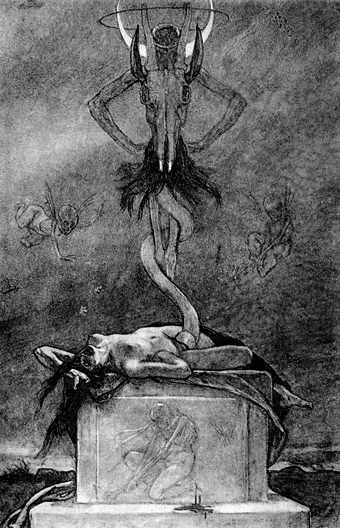
 Themes and Style
Themes and Style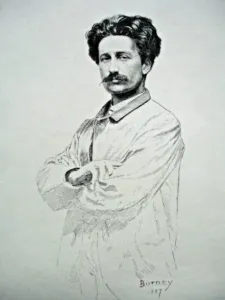 Legacy and Influence
Legacy and Influence